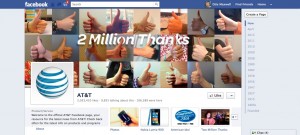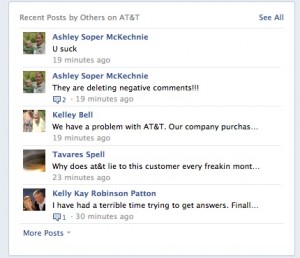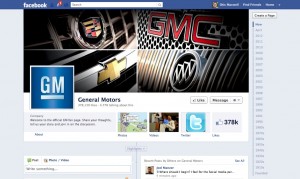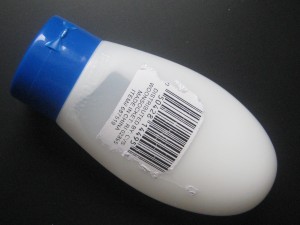Have you seen this? According to a media commentator, Applebee’s has a new campaign in which they are urging hipsters to dine at their restaurants “ironically” which makes sense since they are never going to get them there through conventional advertising. Take a look:
Funny thing is, Applebee’s actually is running a social media campaign that is far more bizarre as this, called “Girls’ Night Out. Life is better shared.” A Betty White character harangues ladies for spending too much time online, then tells them the solution is to get down to Applebee’s for some facetime. Take a look:
There’s also a tumblr page that anchors the campaign and has links to Pinterest and Twitter pages (no Facebook, maybe because it’s a regional campaign). All the elements of a well thought out and expensive social media campaign.
Speaking of social media, Applebee’s is also marketing a life size inflatable dummy you can leave at your desk while you sneak out for lunch. This one is on Facebook, where you can take the Desk Lunch Diagnosis Quiz (I am the “Break Room Hero… people are tired of cleaning up the microwave after you”).
Does this stuff work? The “goddess” video above has over 50,000 hits but how many of those are potential customers? There are only 400 plus followers on the Twitter page and the selection of inflatable dolls on Amazon was originally 7 but is now down to just 2. The bottom line is that Applebee’s is still Applebee’s (check the hashtag #applebee and you’ll get a far more realistic snapshot of Middle America’s view of the chain) and there’s only so much you can do to get hipsters to change their behavior… unless they do it ironically, perhaps.




